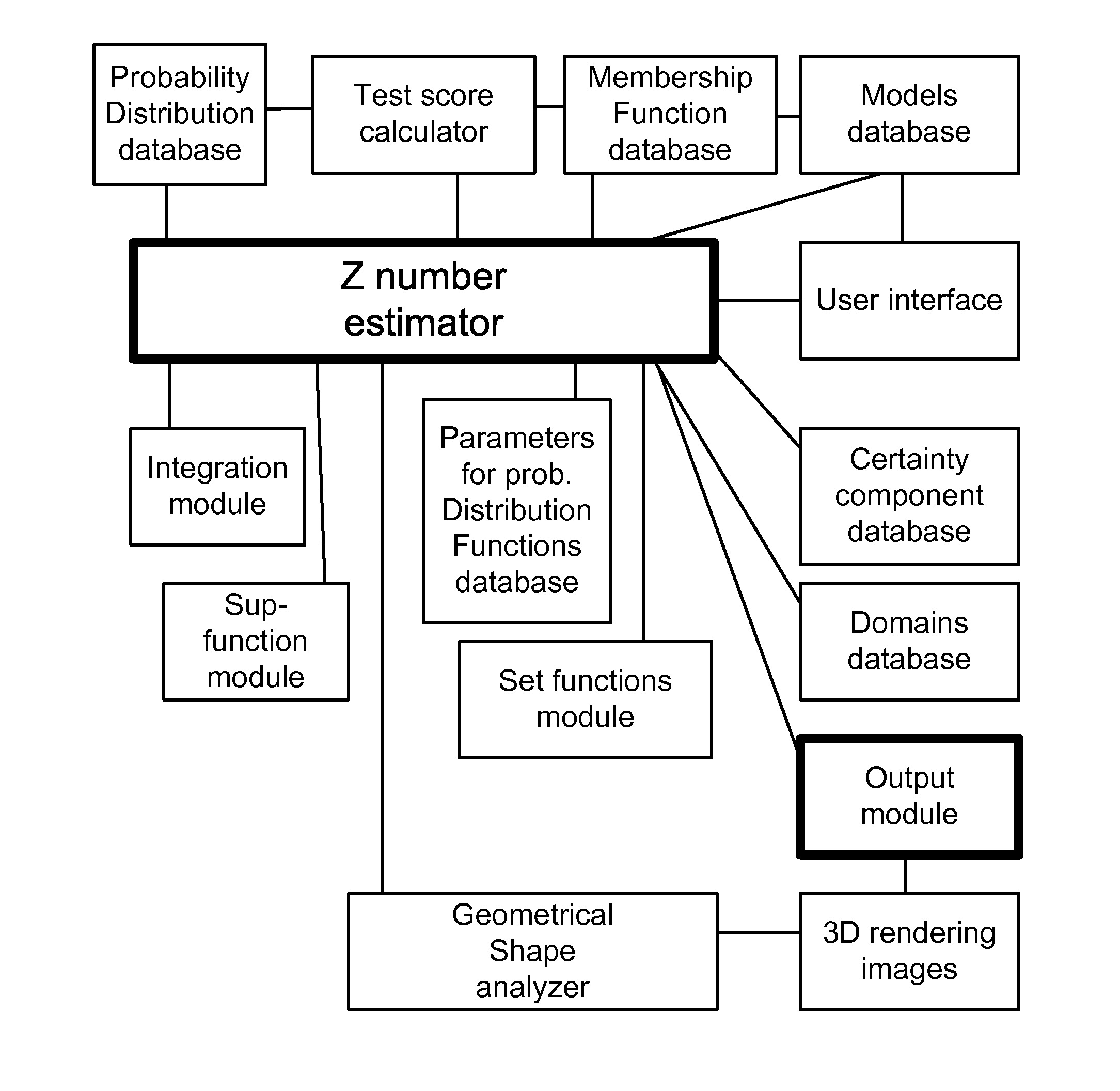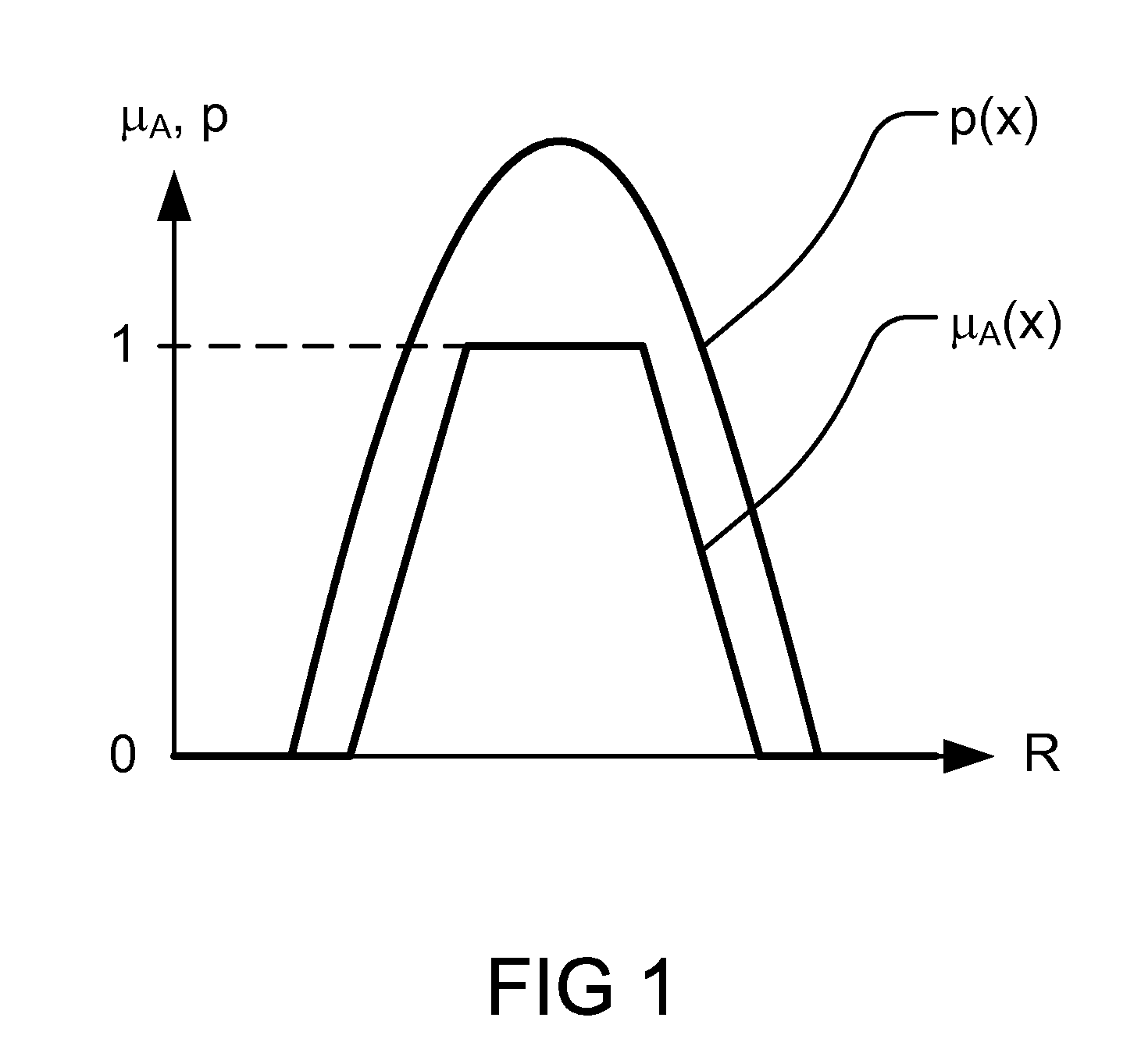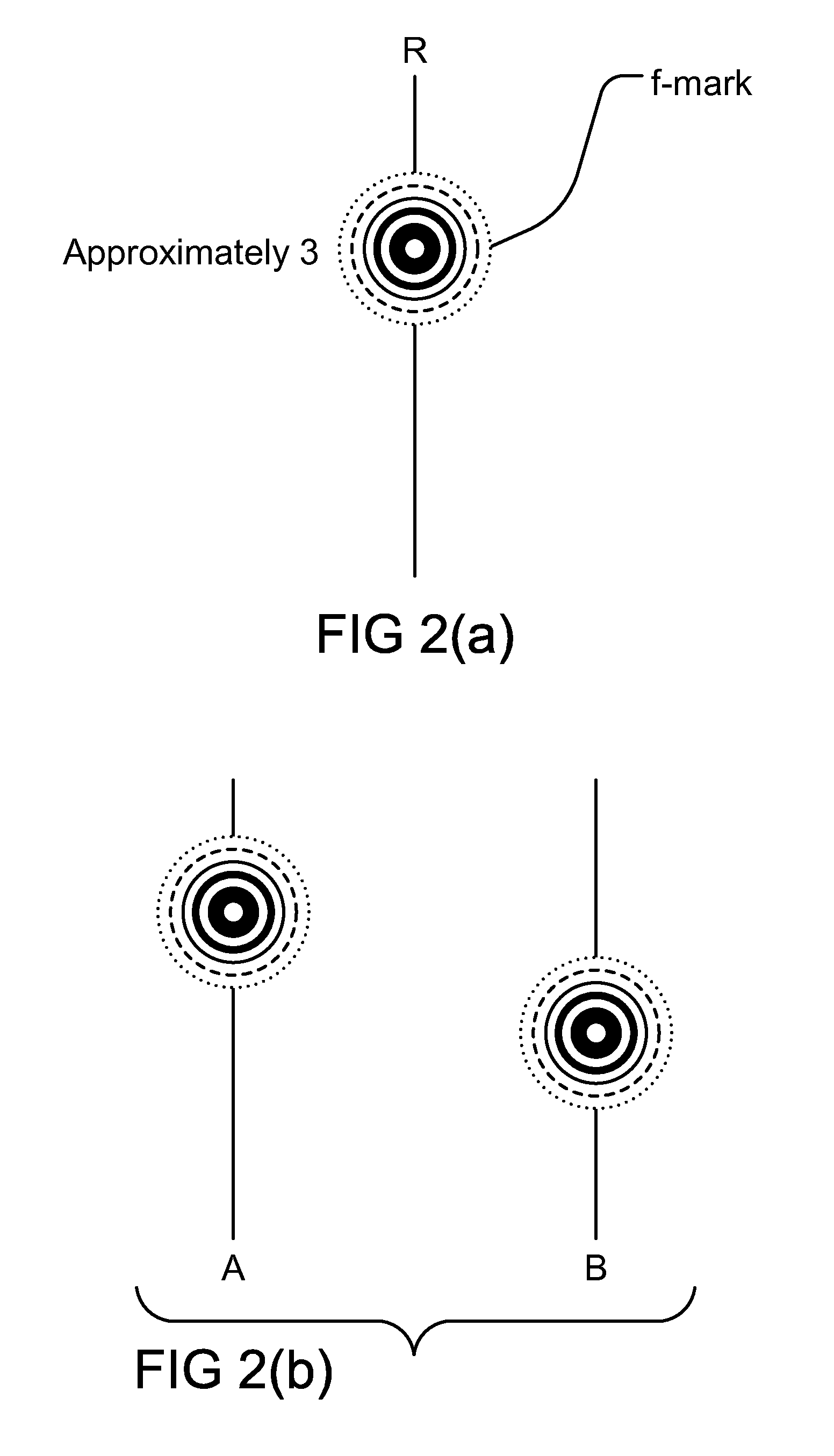Application of Z-Webs and Z-factors to Analytics, Search Engine, Learning, Recognition, Natural Language, and Other Utilities
a technology applied in the field of application of z-webs and z-factors to analytics, search engine, learning, recognition, natural language, etc., can solve the problems of z-number ranking, inability to assess the strength of feeling of conventional polling techniques, and differences between these concepts, so as to facilitate the representation of z-numbers
- Summary
- Abstract
- Description
- Claims
- Application Information
AI Technical Summary
Benefits of technology
Problems solved by technology
Method used
Image
Examples
Embodiment Construction
[0189]Now, we discuss the various embodiments of our current invention:
[0190]Approximate Z-Number Evaluation:
[0191]In this section, we present a method for approximate evaluation of Z-Numbers, using category sets of probability distributions corresponding to similar certainty measures. All the figures are displayed in Appendix 1, as color images. This is also (partially) the subject of a paper (pages 476-483 of the conf. proceedings) and presentation given at an international Fuzzy conf. in Baku, Azerbaijan, on Dec. 3-5, 2012 (“The 2nd World Conference on Soft Computing”), by the inventors. Appendix 1 is a copy of the paper at the Baku Conf. Appendix 3 is a copy of the VU graph PowerPoint presentation at the Baku Conf. Appendix 2 is a copy of the handwritten notes, in addition to the teachings of Appendices 1 and 3. All the Appendices 1-3 are the teachings of the current inventors, in support of the current disclosure, and are incorporated herein.
[0192]A Z-Number is denoted as an or...
PUM
 Login to View More
Login to View More Abstract
Description
Claims
Application Information
 Login to View More
Login to View More - R&D
- Intellectual Property
- Life Sciences
- Materials
- Tech Scout
- Unparalleled Data Quality
- Higher Quality Content
- 60% Fewer Hallucinations
Browse by: Latest US Patents, China's latest patents, Technical Efficacy Thesaurus, Application Domain, Technology Topic, Popular Technical Reports.
© 2025 PatSnap. All rights reserved.Legal|Privacy policy|Modern Slavery Act Transparency Statement|Sitemap|About US| Contact US: help@patsnap.com



